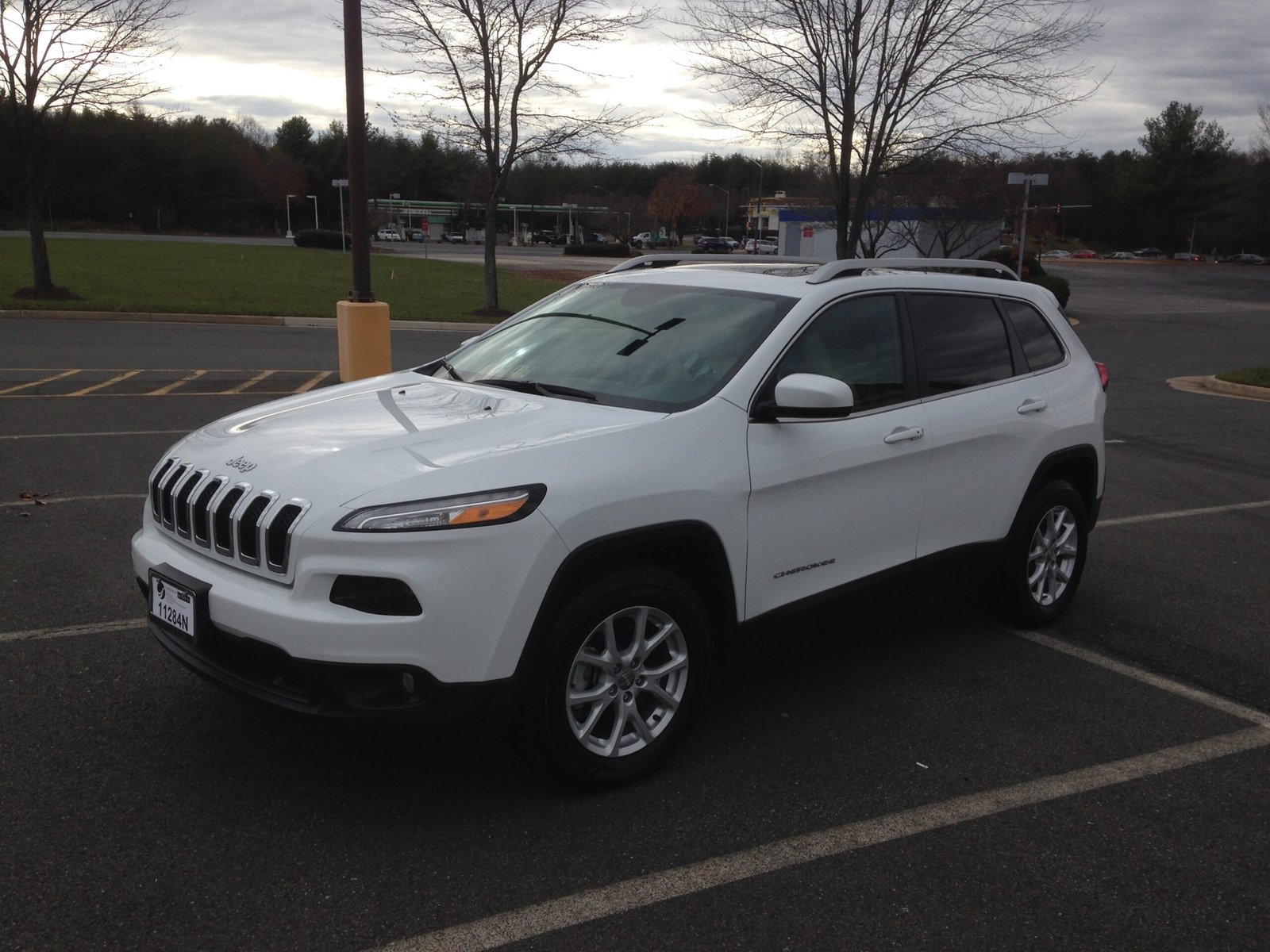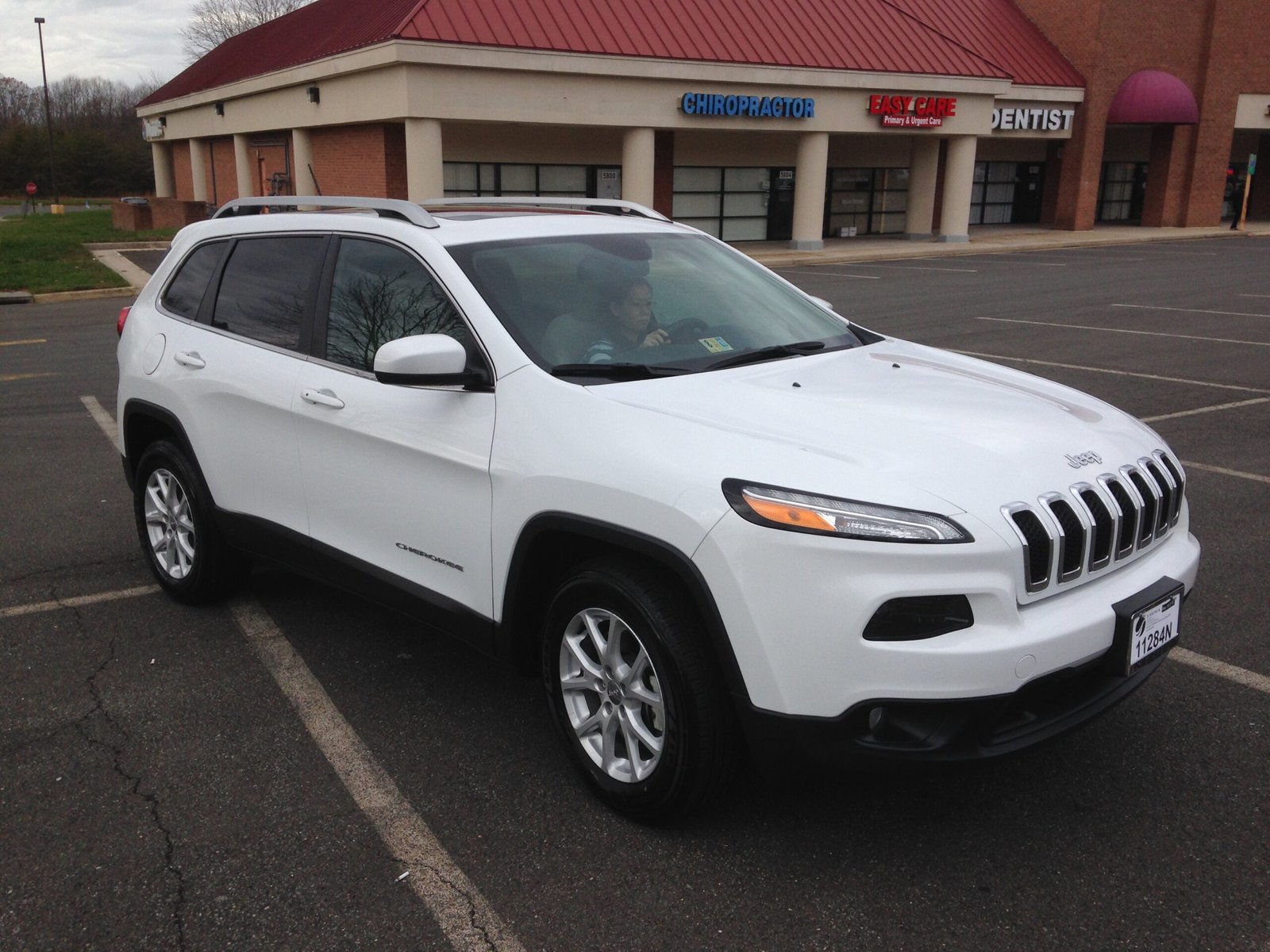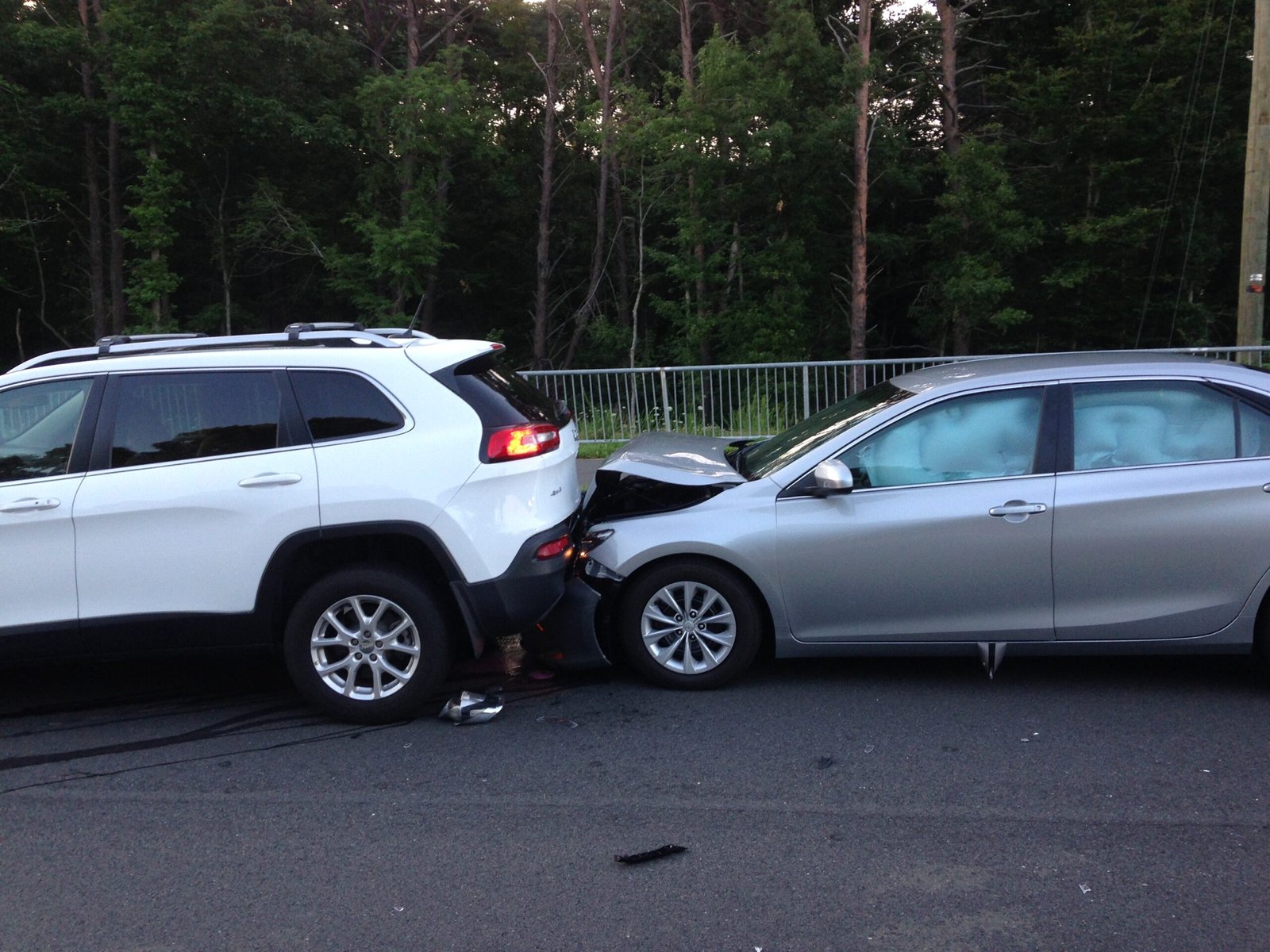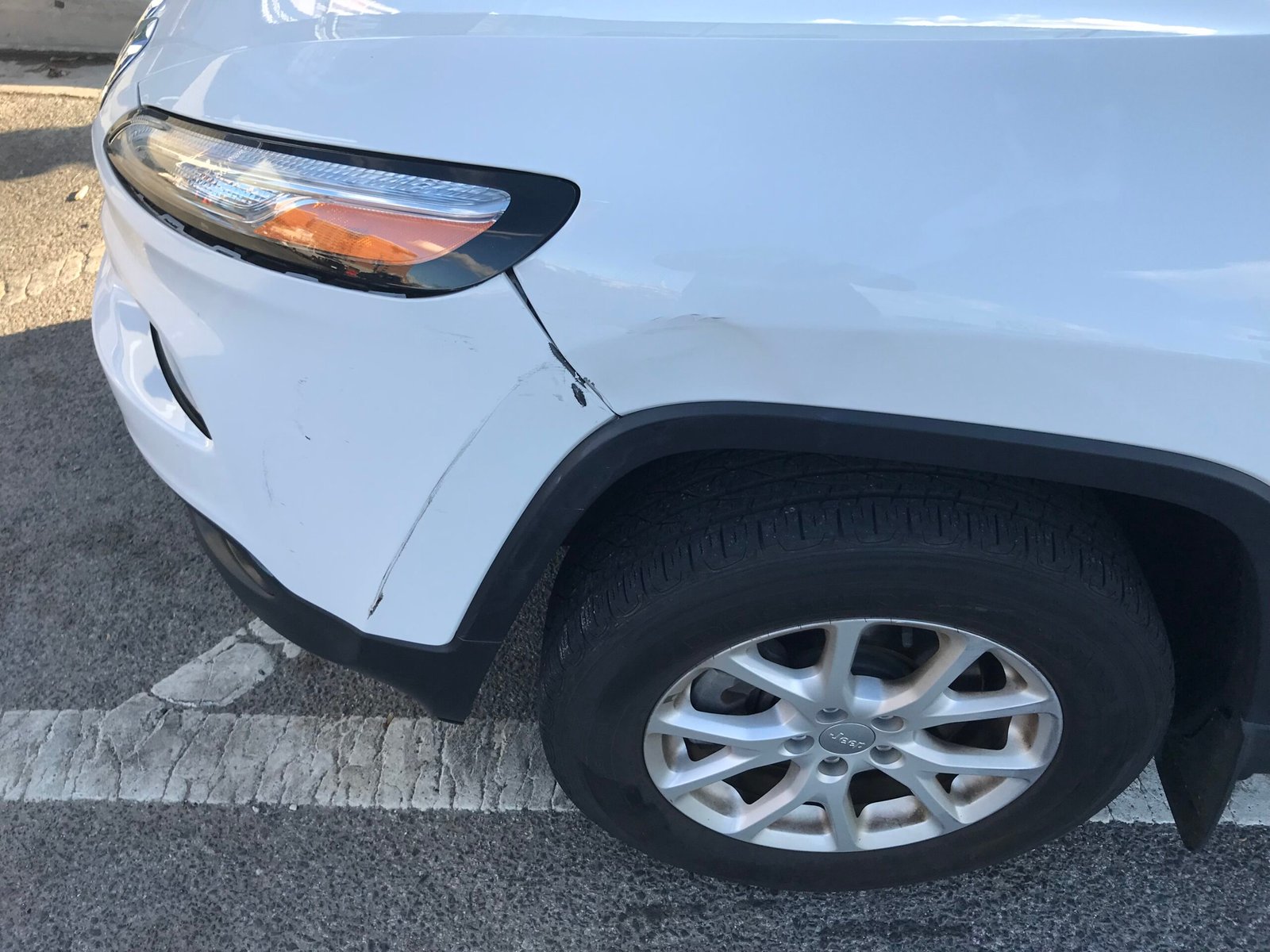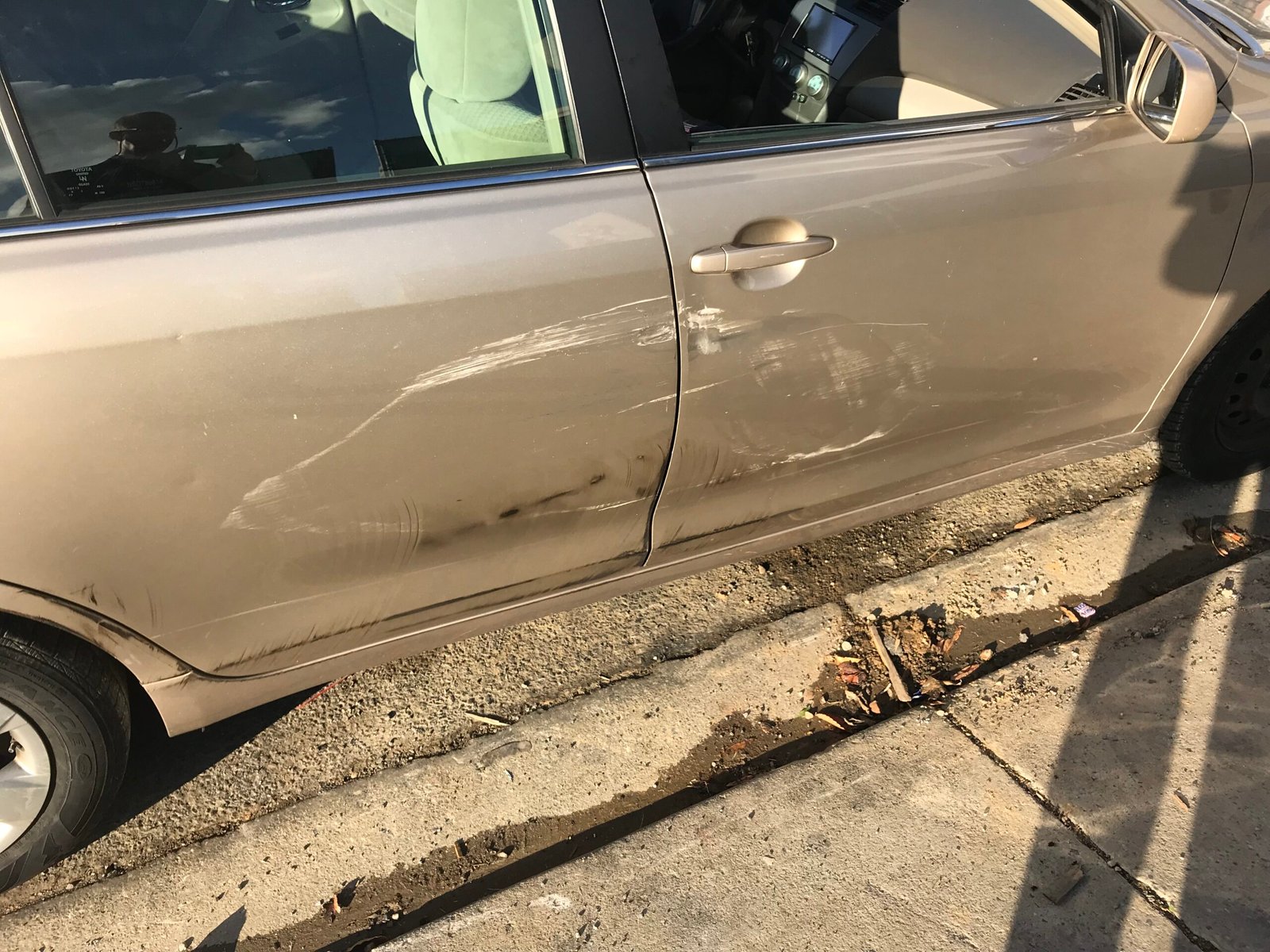By late 2014 I knew it was getting time to replace my venerable 2004 Isuzu Rodeo. I started seriously looking at replacement options and was pretty shell-shocked by what I found. There were actually very few six-cylinder vehicles on the market and the few available were priced way higher than what I wanted to pay for another vehicle. Besides an engine size of 3.2 LT or larger (to handle a towing weight of about 3,000 LBS or greater), I needed something with a low enough profile so I could load a kayak on the roof rack. I also wanted a four-wheel or all-wheel drive option, both for better traction on a boat ramp and to better handle the occasional snow and bad rainstorms in the northern Virginia area.
After some research, I decided my options came down to either a Jeep or a Nissan Xterra. We actually looked at some 2014 end of the year Xterra models, but I wasn’t happy with what I was seeing on price, so we punted for another year.
Selecting a New Jeep
Over the next year we had enough problems with the Rodeo to force my decision. It turned out that Nissan, in their amazing corporate wisdom, had discontinued the Xterra and by October there were essentially no 2015 models available anywhere. So, on Black Friday Winnie and I went up to a local Chrysler/Jeep dealer to look at Jeeps. We quickly determined that the Jeep Wrangler was not a viable option for us, for reason they did not have the towing power I wanted (limited to 2000 LBS) and didn’t really have the comfort options we wanted.
Success!
We were about ready to give up and leave when we spotted some Jeep Cherokees and discovered they offered both 2.4 and 3.2 LT engine options. Winie and I test drove a couple and Winnie and I were impressed. We found a white 2015 “Latitude” model on the lot with a 3.2 LT engine for a really good sticker price and went for it. Winnie handled the negotiations, which as always was worth paying admission to watch. After several hours of haggling and paperwork I drove off with a new Jeep.
It didn’t come with a tow package so before we even left the lot, I ordered the towing hitch and wire harness, along with cross bars for the roof rack. The parts came in over the following week and the next Saturday I had everything installed. The roof rack crossbars weren’t actually “Jeep” parts, but Thule AeroBlade Edge crossbars that gave the Jeep a look different than I expected. But they were strong enough for what I needed to haul. A couple of weeks later, while researching the UConnect software system, I discovered that a Navigation Package was an available option that simply required activation, which I quickly activated.
This Jeep became my daily commuting car, along with boat-towing and kayak-carrying vehicle. Once Winnie was able to adjust the seat for her driving comfort, she enjoyed driving it as much as I did.
Commuting and Long Trips
Over the next several years my driving was mostly commuting to work (local commuter lot), with occasional long trips to visit family in Tennessee or Rhode Island. I also did frequent towing, both my boat and utility trailer. The roof rack was frequently used for hauling my kayak. All-in-all, the Jeep was being used the way I wanted it to be used. She was proving to be a software-controlled behemoth; a heavy, solidly built workhorse that looked good and was comfortable to drive.
I also learned the uses and limitations of four-wheel drive. Four-wheel drive did improve handling in snow and slippery roads, but the low ground clearance meant I still couldn’t drive through deep snow as I’d get high-centered. Having a factory-installed towing system meant greater reliability with electrical hookups, and towing my boat was a real joy.
This was also the first car I owned that I bought personalized license plates. I selected a Veterans plate with numbers “BBHD 88” in honor of my submarine past (BBHD = Bubblehead, Navy slang for sub sailors), and “88” being an auspicious number. According to Winnie. Anyway, it’s an easy plate number to remember.
Jeep As Accident Magnet
For some reason, this Jeep was an “accident magnet.” I had my first accident with it literally 30 days after I drove it off the dealer lot. I was on my way home from the commuter lot, stopped at a red light, and was rear-ended by a lady in another SUV. She tried swerving but hit me on the right rear corner. I jumped out and she leaned out her driver’s window saying “So Sorry. I was texting my friend.” Needless to say, that didn’t improve my mood. At All. The cop that took the report cited her for reckless driving.
Second Accident
My next rear-ender was about nine months later. This was a bad one. I was driving to the commuter lot on a Friday morning and stopped just outside the lot’s turn-in, when the cars in front of me stopped. A woman driver behind me didn’t stop. I could see her in my rear-view mirror, quite a-ways back, coming down the road not slowing down, and I instinctively knew I was going to get hit again. I jammed on my brakes just as she rammed me, probably doing 35MPH (local speed limit).
She hit me hard enough to pop her airbags and push my Jeep about two feet forward, with my brakes locked. When the dust (literally) settled, her mid-sized sedan was obviously totaled, and the driver received emergency medical care. It took several emergency responders to pull our vehicles apart just so I could drive off.
I called into work, letting folks know I’d just been in a bad accident and had lost interest in working that day. Then I drove over to my friendly neighborhood body shop and discovered the entire exhaust system and tow bar assembly had been crushed. Along with a lot of body parts. I wasn’t allowed to drive the jeep home.
The body shop mechanics half-jokingly suggested I put some type of brake alarm on my jeep, warning people when I stopped. I wondered out loud if maybe my jeep was invisible to other drivers.
Third Accident
About one year later, on my way leaving Washington, D.C. after a long day’s work, I was headed for the freeway on-ramp. I started making a lane change (using my turn signal) and was halfway into the lane on my left when a car, going at least twice as fast as me, passed me and sideswiped the left front corner of my jeep. The other driver proved to be a serious jerk, and to add insult to injury the accident was deemed my fault due to “improper lane change.”
By now my body shop knew me, and my Jeep, pretty well.
Minor Fender Benders
Over the next couple of years, I had two more minor “fender benders.” Both times was my fault, as I bumped into the car in front of me in stop-and-go traffic. Neither accident was serious but did require minor repair work for my Jeep. I was racking up frequent body shop repair points. I also bent up my front personalized license plate.
The Pandemic Era
On March 13, 2020, the world pretty much shut down as a result of the COVID-19 Pandemic. That day started permanent work-at-home for me, as well as most of my colleagues. Staying at home meant not driving, and suddenly I was going two to four weeks at a time without ever driving, anywhere. With not driving, I discovered a shortcoming of the massive amounts of onboard electronics.
It seemed that a lot of electronics was constantly running even with the Jeep parked. With not driving for several weeks at a time, I was saving gas but running down the battery. I ultimately worked out that the battery would last about two weeks before running down. Fortunately, I had a portable power pack, and a plugin battery charger. Over the next 18 months both would see frequent use. After about one year of constantly running the battery down and jump starting, the battery needed to be replaced.
Another Accident, Again
During the second year of the pandemic shutdown, I started going into the office once or twice each month. On one of those trips, in early July 2021, I was rear-ended yet again, this time on a freeway just entering Washington, D.C. I suffered relatively minor damage, but my solid Class III trailer hitch punctured the other guy’s radiator. I was able to drive off, but he needed a tow – a small satisfaction for the headaches he would cause me.
My regular body shop wasn’t able to get me in for several weeks so I found a shop that could get me in. Then, they couldn’t get parts for several weeks. Once the bodywork was done, I discovered the trailer wiring did not work. The body shop, after several reworks, decided I needed to go to a Jeep dealer. The Jeep dealer identified the problem as a – very expensive – faulty electronic module. That required a new insurance claim and a week’s worth of arguing with my insurance company. Then another week’s wait to get the part installed. By the time my Jeep was fully functional again it was the end of August, and I’d spent most of the prime boating season without a tow vehicle.
Jeep As a Moving Van
In October 2021, the tenants in our rental property moved, and we decided to move in. We spent the next two months cleaning and making repairs, then started moving in. We’d lived in the same house for 15 years at this point, so we had a lot of stuff to move. For about six weeks, the Jeep became our primary tow vehicle for hauling stuff across town.
Post-Pandemic Era
As the tides of the pandemic receded life went back to normal. Almost.
Once moved into our new old house I settled back into a hybrid work schedule of two days in the office and three days working from home. This proved to be enough driving to normally keep my battery charged between trips. I did have to replace the battery, again, after our moving was completed.
Besides commuting, Winnie and I started making periodic longer trips to Rhode Island, Tennessee, and Charlotte, North Carolina. We also started regular boating and kayaking trips again. The Jeep proved very reliable in getting us, our accessories, and he boat or kayaks to the water and back home.
Moving, Again
We stayed in our new old house for only two years. I was feeling the urge to retire, and after a lot of discussions Winnie and I decided we wanted to retire “somewhere else.” So, on our second summer there we started serious retirement house-hunting. We first searched in the local area, then gradually moved further out. Our Jeep became the Go-To vehicle for driving around the area. We did enough driving over the next nine months house-hunting to almost make up for the pandemic non-driving era.
We ultimately found a house in Charlotte, North Carolina, in March 2024. This was about six hours driving time away, just about right for a day’s driving. By now our fleet of vehicles had expanded to include our 2024 Thor Scope RV, so we alternated between using the Jeep and RV for trips down to Charlotte. The Jeep again proved to be extremely useful in hauling our stuff. But we used the RV for heavier towing, as it has a better towing capability than the Jeep.

